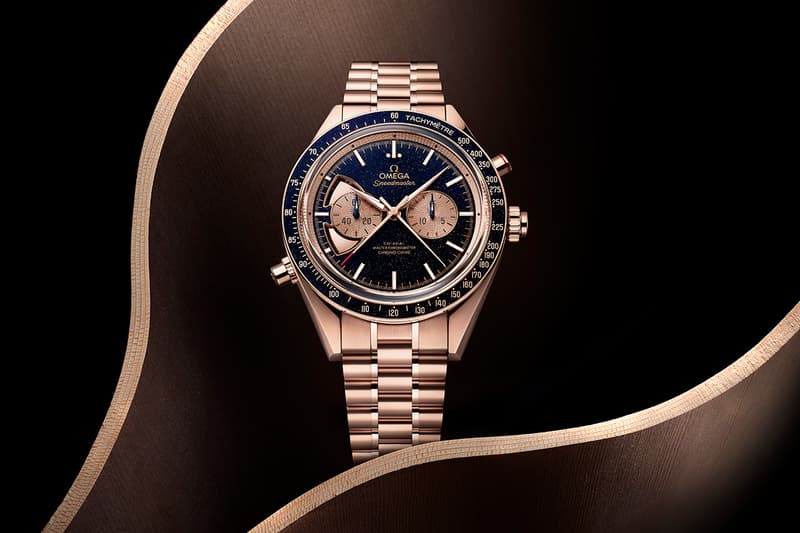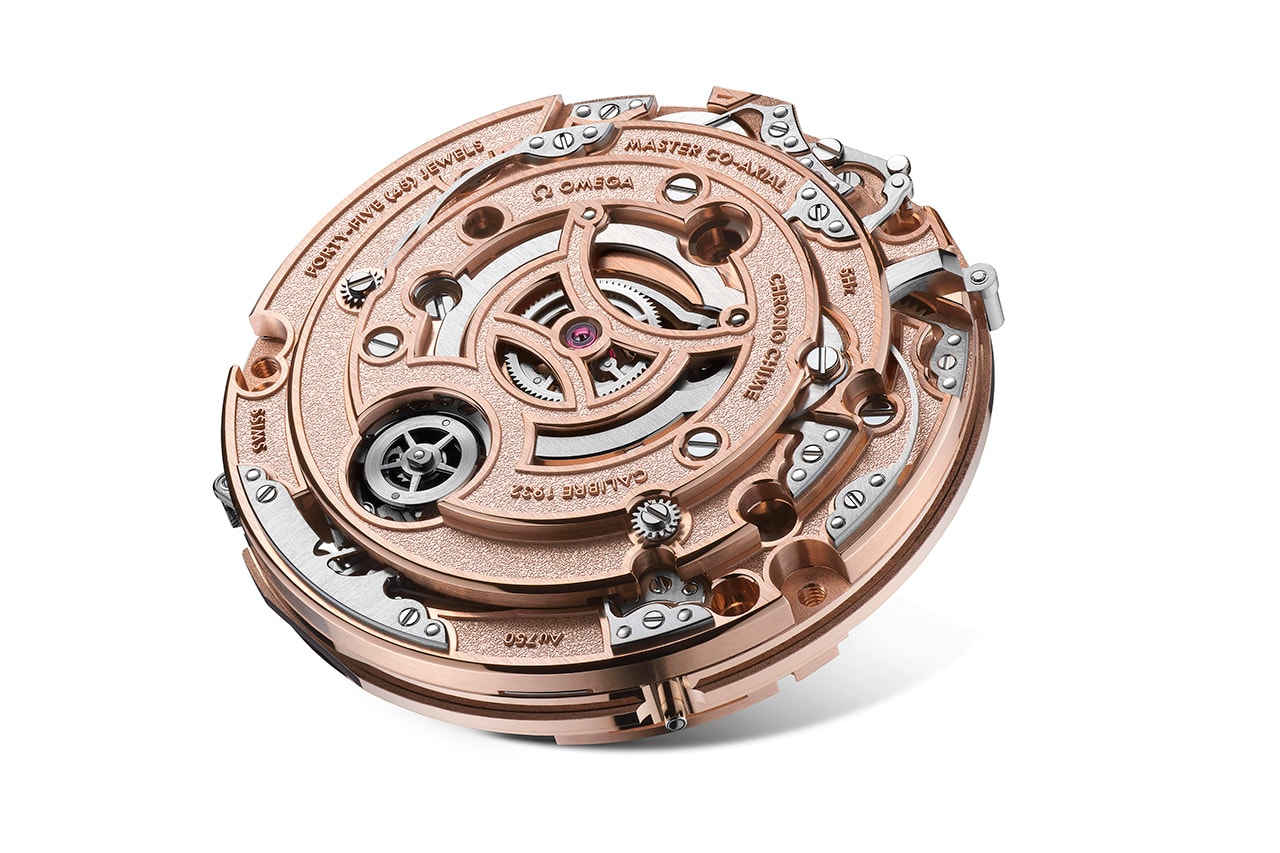Omega Has Released A $450,000 Chrono Chime With Blancpain After Six Years Of Developing

Founded in 1848, Omega is a watch brand synonymous with excellence, innovation and precision. The company has constantly been defined by its pioneering spirit, demonstrated by its conquests of the oceans as well as space. Since 1965, the Omega Speedmaster has been worn on each of NASA's piloted missions including all six moon landings and many of history’s greatest explorations beyond Earth.
As well as this, no brand is more actively involved in sports timekeeping. In addition to partnerships in golf, sailing, athletics and swimming, Omega has served as the Official Timekeeper of the Olympic Games since 1932. This role has not only involved the precise timing of many different sports and disciplines, but also the consistent development and evolution of the vital equipment that today’s athletes rely on, according to Swatch Group.
Omega has dropped a near half-a-million dollar Speedmaster with an all-new chiming chronograph complication inside.
According to Hypebeast, The Speedmaster Chrono Chime sounds out the minutes, tens-of-seconds and seconds of elapsed chronograph time using three distinct tones generated by hammers hitting gongs.

You’d be forgiven for not necessarily thinking of Omega when it comes to chiming watches, however the brand did make the world’s first minute repeater wristwatch way back in 1892. But with no current expertise in the field, it turned to Swatch Group stablemate, Blancpain, to help develop the fully integrated and entirely new Calibre 1932 movement, something which took six years to complete.

The movement – which is the most complicated Omega has ever produced and is also the first high-beat 5Hz version of its Co-Axial escapement – is at the heart of both the Speedmaster and the Olympic 1932, a watch inspired by the Omega stopwatches used at the first Olympic Games Omega served as timekeeper in 1932.

In addition to being a minute repeater, the watch is a split-seconds chronograph capable of timing two races that begin together but end at different times. It has a unique layout with running seconds at 6 o’clock and a 15-minute counter at 12 o’clock. The two chronograph hands are different colors for easy legibility. The main one is blued to match the hour and minute hands, and the split-seconds hand is bright red.
The watch also complies with Omega’s Master Chronograph certification, making it resistant to magnetic fields of 15,000 gauss, largely through the extensive use of gold components, which weigh more than 46gm in the movement alone.
The Speedmaster Chrono Chime is housed inside a 45mm case of Omega’s 18K Sedna Gold with a blue aventurine dial and 18K gold sub dials featuring an acoustic wave pattern representing the exacting sound of the watch.
The chronograph is activated using a pusher at the two o’clock position and the Chrono Chime by one at the eight o’clock.
The more everyday Speedmaster Chrono Chime looks like a modern wristwatch but echoes some of the unique design elements of the Olympic 1932 Chrono Chime. It, too, has offset pushers: split seconds at 2 o’clock and minute repeater at 7 o’clock. The dial has a traditional bicompax layout instead of a vertical display, and the tachymeter scale appears on the black bezel. The gongs surround the running seconds at 9 o’clock. The dial is crafted from an unusual blue aventurine Grand Feu enamel.
Although no exact figures have been given, it is thought only five of the watches will be made each year with a final price of $450,000 USD.
Both watches feature the new Caliber 1932 movement, which took six years for Omega to design with Blancpain (both are part of Swatch Group). The movement has 17 patents. The case back of the watch is open so you can admire the movement, which is satin-brushed and mirror polished, according to Forbes.
Sources: Swatch Group, Hypebeast, Forbes
from TheRichest - Feed https://ift.tt/9asqyU7

Post a Comment